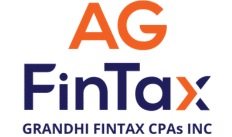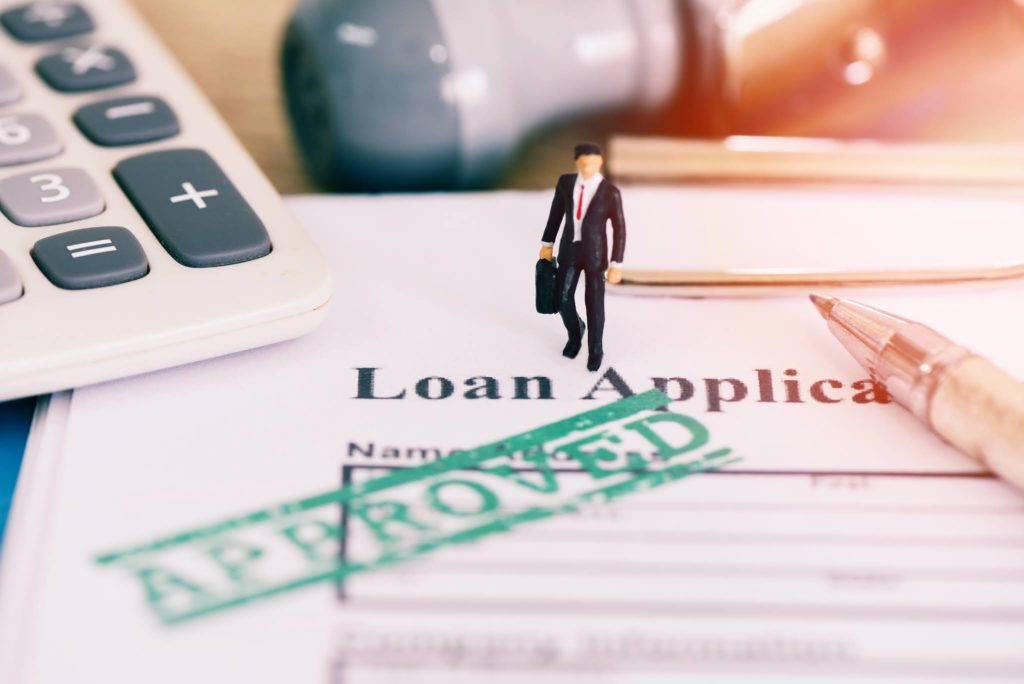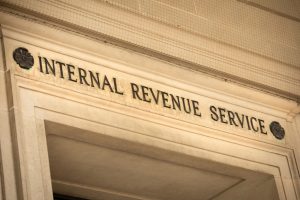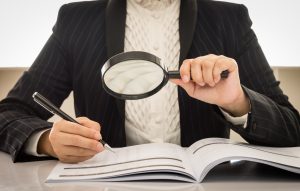The Paycheck Protection Program (PPP) was renewed in December 2020 with a new round of funding—$284 billion, to be exact.
This brings the total funding for the program, which is managed by the Small Business Administration, to $806 billion.
And none of it is going to waste. The SBA has given out more loans since the program started, in fact, than it has in its entire history, almost 70 years, according to The Washington Post.
Now, small businesses, freelancers, independent contractors, and sole proprietors, with or without employees, can once again apply for these forgivable loans to cover costs associated with payroll or certain other operating costs, like mortgage payments or utilities.
One of the best things about these loans, of course, is that they’re forgivable—meaning, you don’t have to pay them back as long as you use them for the designated purposes. In fact, the COVID-related Tax Relief Act of 2020 reiterates that your PPP loan forgiveness amount is not taxable income to you.
Here’s what you need to know in order to ensure you receive the maximum amount of forgiveness available. (If you’re applying for a PPP loan, either first or second draw, you can find information on how to do that here.)
Terms for PPP loan forgiveness in 2021
Just like the first round of PPP loans, each recipient must meet certain requirements in order to qualify for the full forgiveness amount. These include:
- Spending at least 60 percent of the loan proceeds on payroll costs (or owner compensation, if the recipient is a sole proprietor)
- Spending the full loan amount on eligible costs also referred to as covered costs.
One important change to the program in 2021 is that there are four additional categories of eligible expenses, in addition to the first group that the SBA outlined. That means the following categories are fair game for your PPP funds:
- Payroll
- Rent and/or mortgage interest
- Certain operational costs, like utilities
- Software and cloud computing services used to keep your business up and running
- Property damage
- Necessary supplier costs
- COVID-related protective measures, for both property—like partitions and changes to your layout, your customers—and for your staff, meaning PPE like masks, face shields, gloves, etc. This includes operating or capital expenditure.
This is true whether you’re applying for a first-draw PPP loan—meaning you haven’t received one before—or a second-draw, meaning you received one previously and are applying for a second.
What do you need to apply for forgiveness?
You should document every expenditure related to your PPP loan, but there are certain documents that you will absolutely need to submit to your lender in order to be eligible for forgiveness.
- Payroll documentation that shows the cost of payroll during the loan period
- Proof of the average number of FTE employees on the payroll
- Proof of payment for eligible operating costs – interest on mortgage payments, rent payments, utility payments, software invoices, contractor/repair service invoices, etc.
The documents that will show this include:
- Payroll reports
- Accounting records
- Payroll tax filings (Form 941)
- Bank statements
- Utility bills
- Lease agreements
- Mortgage loan amortization schedule
When do I need to apply for forgiveness?
You can apply for forgiveness at any point up until your loan’s maturity, which is either two or five years from the date of issue.
However, your interest and principal payments are only deferred up until 10 months from the last day of the 24-week covered period of your loan. Therefore, you will want to apply for forgiveness within that timeline. Otherwise, you’ll have to start making principal and interest payments.
If your loan was for $150,000 or less, you’ll want to take advantage of the recent introduction of Form 3508S. This is a one-page PPP loan forgiveness application with self-certification and declarations.
Change to deductibility rules
In the PPP’s first incarnation, the IRS took the position that PPP funds used to pay for operational costs or equipment—things that normally would be deductible—would not be because that would amount to “double-dipping.”
Congress has since challenged that position, and the result is that items or costs that would be deductible ordinarily will still be deductible if they’re paid for with PPP loan funds.
This is great news for small businesses, of course, as it avoids the potential for getting hit with a larger-than-anticipated tax bill that could offset the benefits of receiving the loan funds.
PPP loans have been a lifeline to many businesses since last April when they were first made available. To help get the most out of this program, make sure you follow the loan forgiveness process precisely. For many businesses, it will make sense to work with a tax or financial professional to ensure that they receive the maximum amount of forgiveness possible.




